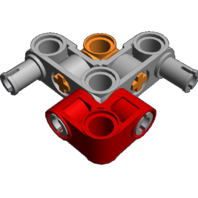
1x1 brackets, why don't they fit at their bottom?
By
astyanax, in General LEGO Discussion
-
Recently Browsing 0 members
No registered users viewing this page.

By
astyanax, in General LEGO Discussion
No registered users viewing this page.